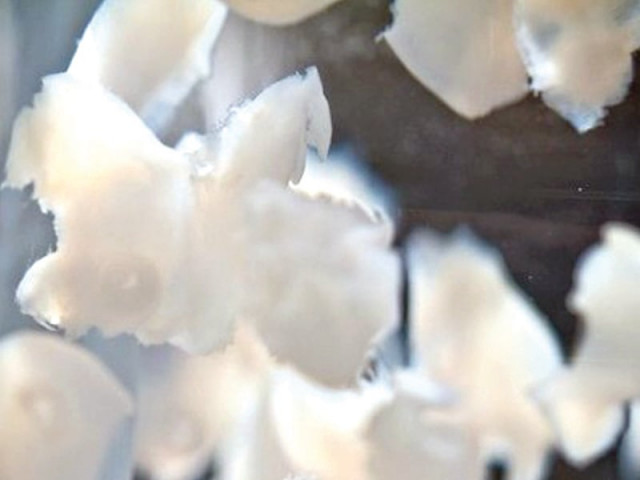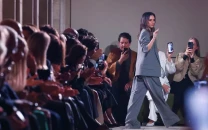Hydrogel could grow new heart tissue, without the need for surgery
Currently body replaces the tissue with non-beating scar tissue, leaving the heart permanently weakened.

As things currently stand, the body replaces that tissue with non-beating scar tissue, leaving the heart permanently weakened. Most of the experimental techniques for generating new tissue involve introducing some sort of micro-scaffolding to the affected area, providing a framework for new cells to grow on.
That scaffolding has consisted of materials such as carbon nanofibers and gold nanowires, which would have to be surgically applied to the heart, sort of like a Band-Aid. Now, however, researchers from the University of California, San Diego are reporting success in animal trials, using an injectable hydrogel.
The team is being led by Karen Christman, a professor in UCSD’s Department of Bioengineering.
They started by obtaining cardiac connective tissue, then used a cleansing process to remove its muscle cells, freeze-dried it, milled it into a powder, and used an enzyme to liquefy it. When injected into the hearts of pigs with cardiac damage, the liquid turned into a porous, semi-solid gel upon reaching body temperature. That gel subsequently provided a scaffold for new tissue growth, and the pigs’ condition improved.
Besides acting as a scaffold, it is suspected that the gel might also provide biochemical signals, which prevent the surrounding heart tissue from deteriorating further.
Christman believes that the liquid could be injected using a catheter, so surgery and general anesthesia would not be required. While other scientists have developed heart-repairing hydrogels before, she notes that those substances would not work with catheters, as they would gel too quickly.
When injected into rats, the gel wasn’t rejected and didn’t cause arrhythmic heart beating — an indication that it could also be biocompatible with humans. A spin-off company, Ventrix, is planning clinical trials sometime next year. Source: gizmag.com
Published in The Express Tribune, March 3rd, 2012.



















COMMENTS
Comments are moderated and generally will be posted if they are on-topic and not abusive.
For more information, please see our Comments FAQ